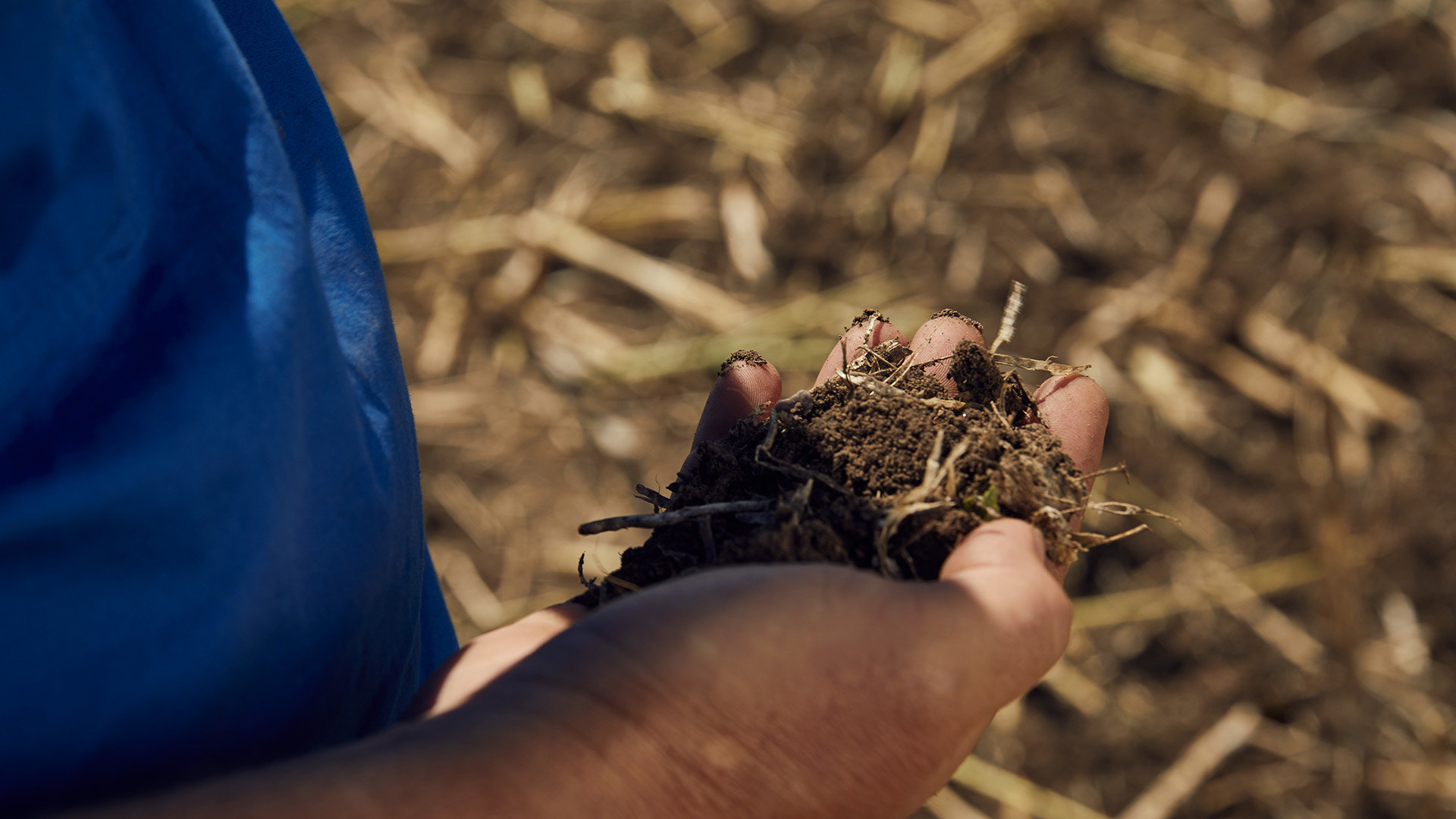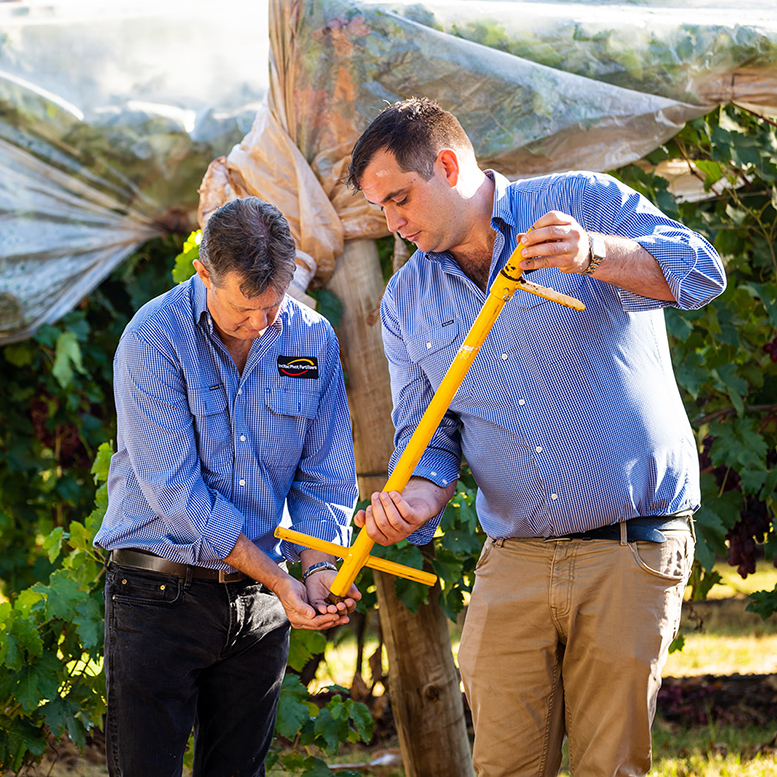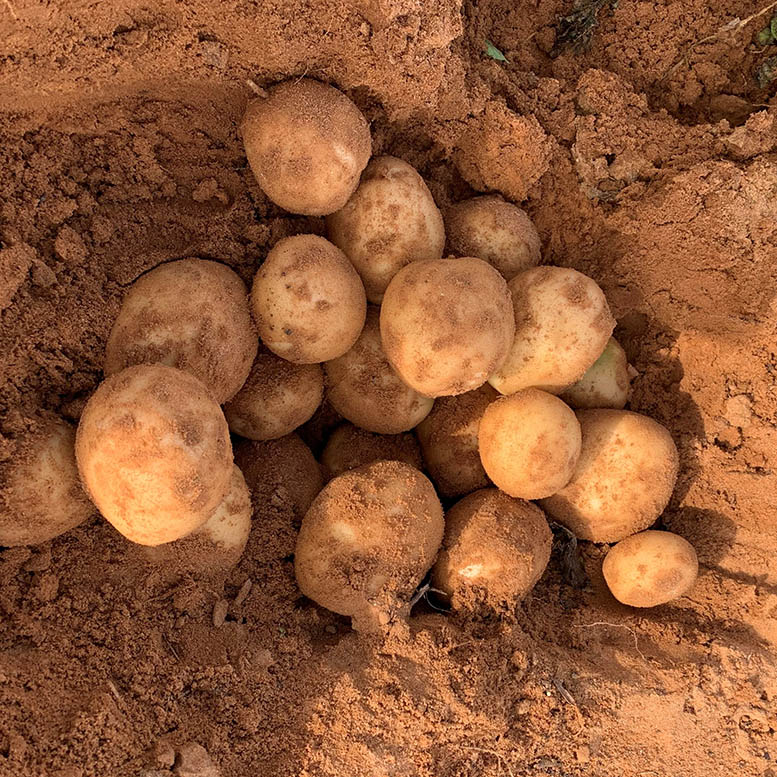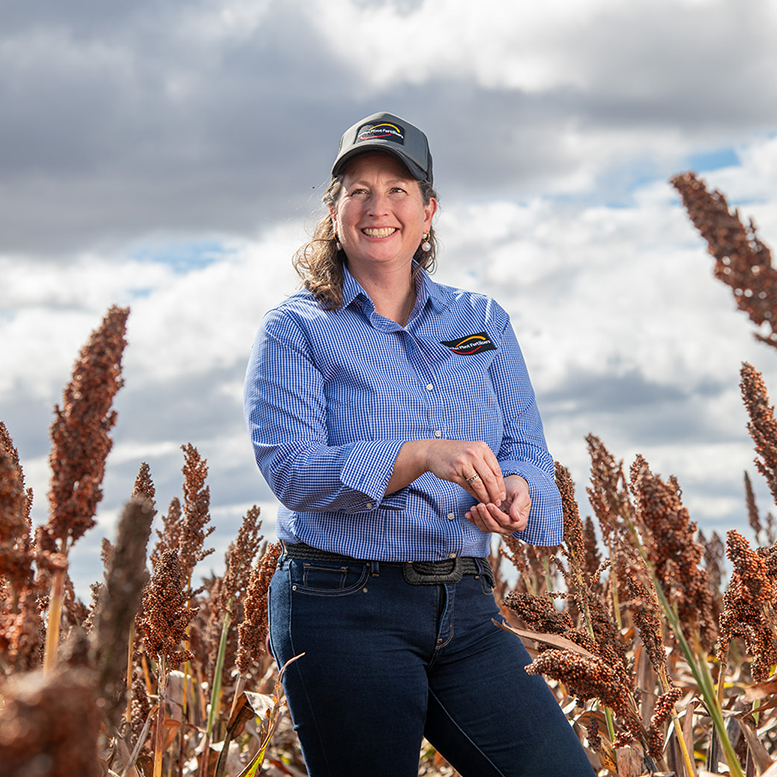Agronomic Insights

At risk of nitrogen volatilisation? Test your soil before choosing a fertiliser product when broadcasting
08 February 2023
Product choice is a crucial decision for growers.
Bede O’Mara – IPF Technical Agronomist
One of the 4Rs of nutrient stewardship is choosing the “right product” that suits the operation and reduces the risk of losses. Granular urea (46% N w/w); Easy N (UAN 32% N w/w) or GranAm (granulated ammonium sulphate 20.2% N w/w) are the common choices for Australian growers.
Most of the time, product choice will come down to ease of use, product application equipment, product availability or inventory held on-farm, product cost per kilogram of nitrogen, and logistics and efficiency of the broadcast spreading operation.
Sometimes, however, the soil plays a big role. Surface application of the wrong product can induce nitrogen losses potentially greater than those of urea. This represents a production, economic and environmental risk to growers.
The IPF Agronomy Team have recently published Agronomic Insights and a Green Urea NV video series explaining the how to estimate the risk to surface spread nitrogenous fertiliser applications, and the magnitude of losses they may experience, especially in summer crop conditions.
Why does this matter to me?
Different N-fertilisers applied to the same soil type can react in very different ways and have significant differences in potential losses. Swapping from urea to ammonium sulphate products may be sound in most cases, but not where the soil has free lime (>2% calcium carbonate CaCO3). On these soils the risk of volatilisation can be high.
But if you know the soil’s pH buffer capacity or the calcium carbonate (free lime) content of the soil you can manage the risk. You will also know if you can swap/change products should the need arise.
“Compared to urea, losses from ammonium sulphate were less, except when the soil contained greater than 2% calcium carbonate CaCO3 (free lime)” (Schwenke 2011).
Why does it happen?
Ammonium (NH4) cations from ammonium sulphate fertilisers react directly with soil calcium carbonate nodules to produce ammonium bicarbonate or ammonium carbonate, both of which are unstable and rapidly break down to produce ammonia (NH3) gas (volatilisation), carbon dioxide (CO2), water and calcium sulphate. The amount of ammonia volatilisation is directly related to the amount of CaCO3 present in the soil (Schwenke & McMullen, 2009).
When you add nitrogen fertiliser to the soil, its breakdown produces ammonia (NH3) and a hydrogen ion (H+). The ability of the soil to hold or absorb the hydrogen ions is referred to as soil pH buffering capacity.
When the buffering capacity is low, these hydrogen ions can’t be absorbed. They lower the soil solution pH, acidifying the soil and allowing the dominance of stable ammonium (NH4) on the equilibrium.
However, the alkaline soils of NSW and QLD, particularly those with calcium carbonate present, often have high pH buffering capacities, so the H+ ions are absorbed (buffered) by the soil and the soil pH does not become more acidic. So, the pH remains alkaline favouring the continuation of volatilisation where ammonia (NH3) dominates the equilibrium.
Acidity may develop in a localised area if the NH4+ is concentrated and discreetly placed. This could be acidity present around a fertiliser granule, as opposed to a fine crystalline or well spread broadcast fine granule form or as a well distributed liquid solution.
What can I do to help inform my choice of fertiliser product?
In short, test your soil. The Nutrient Advantage® Laboratory offers simple tests that can identify paddocks that are not suitable for surface application due to the losses they may incur. This will ensure growers make an informed product selection if they are considering spreading nitrogenous fertilisers.
The following tests can be simply and cheaply added to any surface or topsoil sample:
• Calcium Carbonate Percentage (%CaCO3 equivalent); Rayment & Lyons method code 19A1; $9.00 ex GST
• the “Fizz Test” (carbonate qualitative field test); Rayment & Lyons method code 19D1; $4.00 ex GST
• pH Buffer (Mehlich single buffer); Rayment & Lyons method code 16C1; $13.50 ex GST
Adding these to your next soil testing program is inexpensive yet informative, especially for growers who have purchased new country, never tested for this before or wish to be fully informed of their loss risks when considering various fertiliser products they may use.
Where is the highest risk?
If you farm in the northern grain region (CQ to S NSW), you may well have parts of farms, parts of paddocks or even small patches that are calcareous and have free lime in or on the soil surface. It is worth knowing where and to what level of CaC03 % (above or below 2%) these areas are to inform you of correct product choice.
Data from the last five years from the Nutrient Advantage® Laboratory (2018-2023) shows that only 555 samples have been tested for either CaCO3 or the fizz test in the Northern Grain Region. So commercially, it doesn’t seem like many paddocks are being screened or tested for this.
Industry data suggests that the average number of soils have at least a presence, some of which may be over 2% and that may need to be considered when selecting fertilisers to deliver a nitrogen program.
Singh (2003) illustrated that from 258 cotton samples from NW NSW and S Qld, the range of CaCO3% was 0.0-8.5%, with an average of 4.1%. Schwenke et al (2009) reported that CaCO3% content of 200 dryland N NSW samples averaged 0.6%, with a range of 0.0-6.4%. Schwenke et al (2009) noted “buffering capacity increased dramatically as CaCO3 increased above 0.5% of the soil”. It seems that CaCO3 is an “excellent predictor of pH buffering capacity”.
What do I do now?
For more information about your soil, submit your usual topsoil or surface soil samples to the Nutrient Advantage® Laboratory and request the add-on tests outlined above. These tests needn’t be added annually, more like every 5-10 years, so once you know, you know.
You can screen paddocks in the first instance using a Nutrient Advantage® Laboratory “Fizz test”. Note though that this test will simply indicate a presence or absence of calcium carbonate (CaC03).
Or to check where your soil rates against the research threshold of lower than 2% (Schwenke 2011), and whether you can safely consider the use of ammonium sulphate broadcast onto the soil surface as a risky practice on your soil type or not.
Go forth informed and empowered to broadcast the right nitrogenous fertiliser to further reduce your volatilisation risks.
References
Schwenke G. (2011) Nitrogen volatilisation: factors affecting how much N is lost, and how much is left over time. GRDC Update Papers, Goondiwindi.
Schwenke G & McMullen G. (2009) Nitrogen volatilisation from northern cropping soils. GRDC Update Papers, Goondiwindi.
Singh B, Odeh IOA & McBratney AB. (2003) Acid buffering capacity and potential acidification of cotton soils in northern New South Wales. Australian Journal of Soil Research 41, 875-888.
Further information
For more information or advice feel free to contact me on 0417 896 377 or bede.omara@incitecpivot.com.au.
You can also contact: David McRae at david.mcrae@incitecpivot.com.au.
Resources
Download InsightIncitec Pivot Fertilisers manufactures and sources fertilisers from other suppliers. The fertiliser supply chain extends beyond the company’s direct control, both overseas and within Australia. Incitec Pivot Fertilisers hereby expressly disclaims liability to any person, property or thing in respect of any of the consequences of anything done or omitted to be done by any person in reliance, whether wholly or in part, upon the whole or any part of the contents of this article. This is a guide only, which we hope you find useful as a general tool. While Incitec Pivot Fertilisers has taken all reasonable care in the preparation of this guide, it should not be relied on as a substitute for tailored professional advice and Incitec Pivot Fertilisers accepts no liability in connection with this guide.
You might also be interested in these

Horticulture
Soil sampling in established tree crops and grapevines
August / 2024

Horticulture
Promising potato trials with eNpower
October / 2023

Horticulture, Pasture, Sugar, Summer Crop, Winter Crop
Get your coat on
October / 2024

Horticulture
Delivered and ready to use: The many benefits of liquid fertiliser
August / 2023

